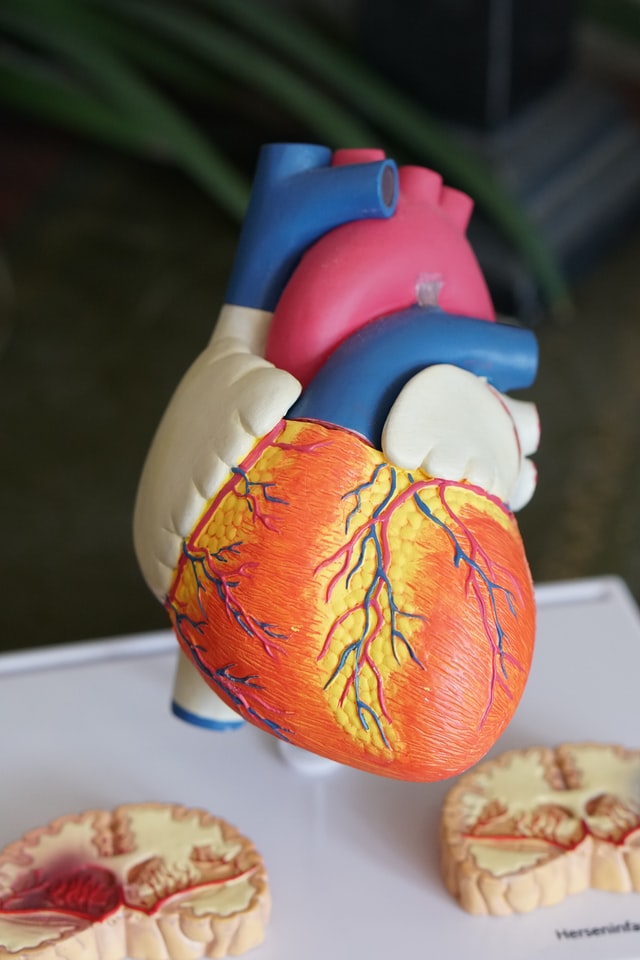Base editing, a new form of gene therapy, sharply lowers bad cholesterol in clinical trial
By Jocelyn Kaiser,
Science
| 11. 12. 2023
A technique for precisely rewriting the genetic code directly in the body has slashed “bad” cholesterol levels—possibly for life—in three people prone to dangerously high levels of the artery-clogging fat. The feat relied on a blood infusion of a so-called base editor, designed to disable a liver protein, PCSK9, that regulates cholesterol.
“It is a breakthrough to have shown in humans that in vivo base editing works efficiently in the liver,” says Gerald Schwank, a gene-editing researcher at the University of Zurich who wasn’t involved in the clinical trial, sponsored by the biotech Verve Therapeutics. The approach is more precise, and possibly safer, than disrupting a gene with CRISPR, the gene-editing tool from which base editing is derived.
Reported today at the American Heart Association meeting in Philadelphia, the results mark the first time this CRISPR variant has been infused into people to treat a disease. The success is also a proof of principle for using gene editing for a common health problem like high cholesterol rather than a rare disease. Verve hopes its base editor could eventually be a...
Related Articles
By Jonathan Matthews, GMWatch | 12.11.2025
In our first article in this series, we investigated the dark PR tactics that have accompanied Colossal Bioscience’s de-extinction disinformation campaign, in which transgenic cloned grey wolves have been showcased to the world as resurrected dire wolves – a...
By Jenny Lange, BioNews | 12.01.2025
A UK toddler with a rare genetic condition was the first person to receive a new gene therapy that appears to halt disease progression.
Oliver, now three years old, has Hunter syndrome, an inherited genetic disorder that leads to physical...
By Simar Bajaj, The New York Times | 11.27.2025
A common cold was enough to kill Cora Oakley.
Born in Morristown, N.J., with virtually no immune system, Cora was diagnosed with severe combined immunodeficiency, a rare genetic condition that leaves the body without key white blood cells.
It’s better...
By Rachel Hall, The Guardian | 11.30.2025
Couples are needlessly going through IVF because male infertility is under-researched, with the NHS too often failing to diagnose treatable causes, leading experts have said.
Poor understanding among GPs and a lack of specialists and NHS testing means male infertility...




